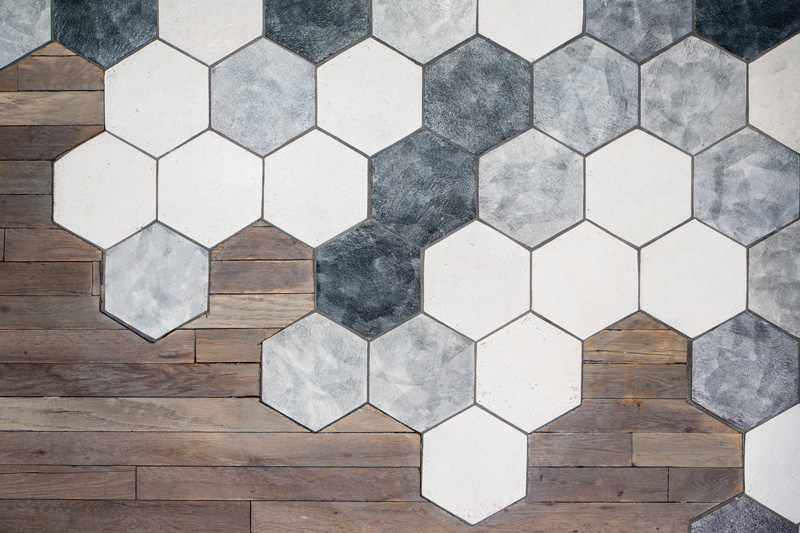When it comes to home remodeling, choosing the right flooring is a crucial decision. Your choice not only impacts the aesthetics of your space but also affects its functionality and maintenance. There is a wide array of flooring options available, each with its unique characteristics. In this guide, we’ll explore some of the most popular flooring types, along with their respective pros and cons, to help you make an informed choice for your next remodeling project.
1. Hardwood Flooring
Pros:
- Timeless beauty: Hardwood floors are classic and never go out of style.
- Durability: They can last for decades with proper care.
- Value: Adds value to your home, making it more attractive to potential buyers.
Cons:
- Cost: Hardwood floors can be expensive, both in materials and installation.
- Susceptible to moisture: They can warp or stain if exposed to moisture.
2. Laminate Flooring
Pros:
- Affordability: Laminate is a cost-effective alternative to hardwood.
- Easy maintenance: It’s easy to clean and resistant to stains.
- Versatility: Comes in various styles that mimic the look of wood, tile, or stone.
Cons:
- Durability: Less resistant to wear and tear compared to hardwood.
- Not suitable for wet areas: Should be avoided in places prone to moisture.
3. Tile Flooring
Pros:
- Water-resistant: Ideal for bathrooms, kitchens, and other moisture-prone areas.
- Durability: Tile can withstand heavy foot traffic and is easy to maintain.
- Design options: Available in various colors, patterns, and textures.
Cons:
- Cold underfoot: Tiles can be chilly, making them less comfortable in colder climates.
- Installation complexity: Professional installation is often required.
4. Carpet Flooring
Pros:
- Comfort: Provides a warm and soft surface underfoot.
- Sound insulation: Reduces noise levels and is great for bedrooms.
- Wide range of styles: Comes in many colors and textures.
Cons:
- Stains and wear: Carpets can stain easily and wear out over time.
- Allergens: Can trap allergens and require regular cleaning.
5. Vinyl Flooring
Pros:
- Affordability: Vinyl is a budget-friendly option.
- Water-resistant: Suitable for wet areas like bathrooms and kitchens.
- Easy installation: Often available as a DIY-friendly option.
Cons:
- Durability: May not be as long-lasting as other materials.
- Not as luxurious: Lacks the upscale feel of hardwood or tile.
6. Concrete Flooring
Pros:
- Durability: Extremely long-lasting and can withstand heavy use.
- Design flexibility: Can be stained, polished, or stamped for various looks.
- Low maintenance: Requires minimal upkeep.
Cons:
- Cold and hard: Not the coziest option, especially in residential areas.
- Professional installation: Often necessary for a polished or decorative finish.
In summary, choosing the right flooring for your home remodeling project depends on your priorities, budget, and where the flooring will be installed. Each type of flooring has its own set of advantages and disadvantages, so consider your specific needs and preferences when making your decision. Whether you opt for the classic appeal of hardwood, the affordability of laminate, the durability of tile, the comfort of carpet, the practicality of vinyl, or the versatility of concrete, your choice will greatly impact the overall look and feel of your home.
